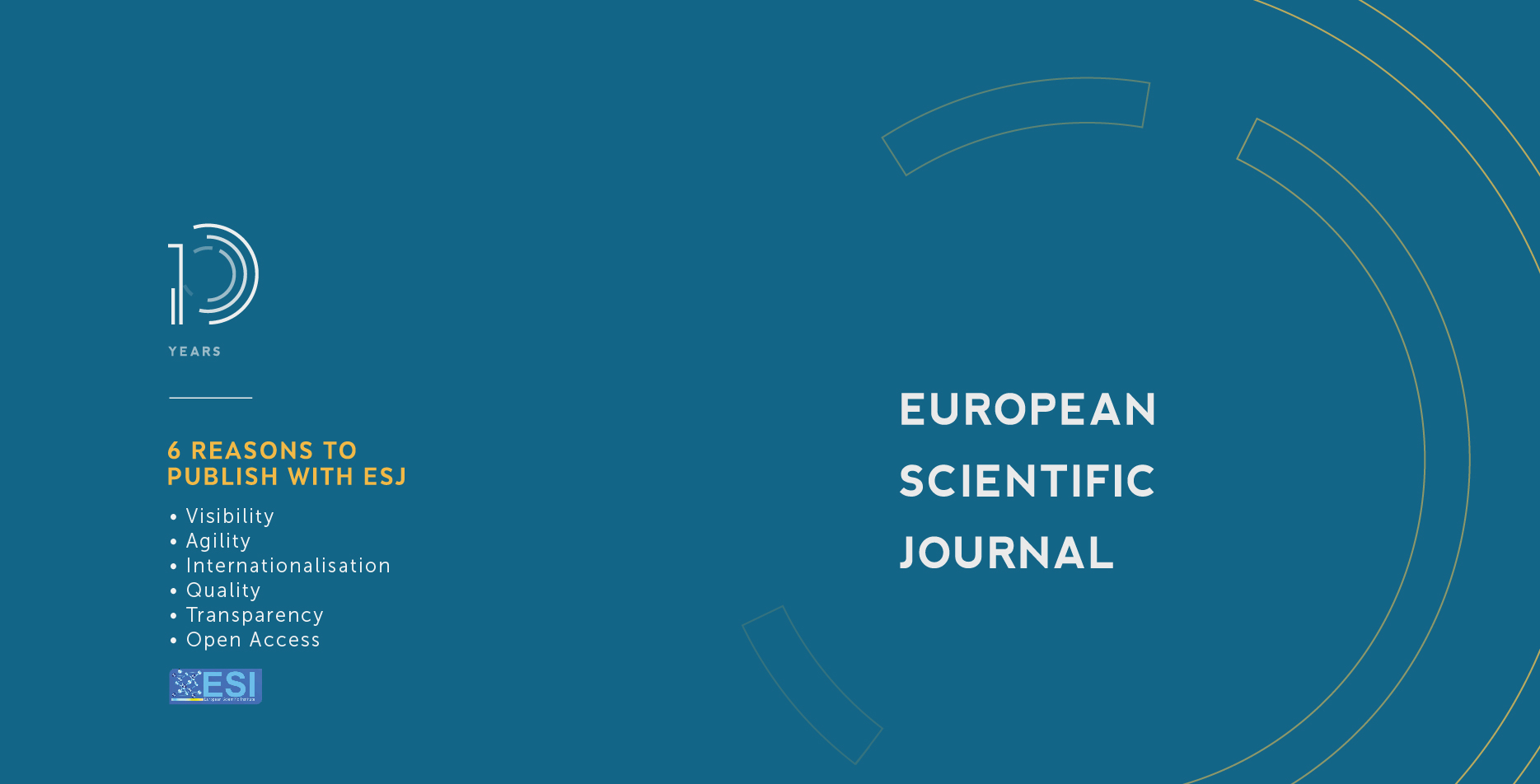Impact of Bias Correction on Present and Mid-Future Rainfall Projections over Senegal
Abstract
In this study, we analyze the impact of bias correction models on present and future precipitation and extremes rainfall events over Senegal. The commonly used linear scaling (LS) bias correction method has been applied on four (4) regional climate models (RCMs) of the Coordinated Regional Climate Downscaling Experiment (CORDEX) program. The linear scaling bias correction method was firstly calibrated and validated during the 1976-1990 and 1991-2005 periods, respectively. The comparison with the observed data revealed that the linear scaling method significantly improves the mean and the extreme precipitations during the validation period. The RCMs generally simulate a decrease of rainfall in the mid-twenty-first century under the RCP8.5 greenhouse gas concentration pathway compared to the reference period (1976-2005), except for the CCLM4 and the RCA4 models which show respectively a slight increase overall Senegal and the east of the country. The changes in precipitation indices such as the number of wet days (R1mm) and mean frequency of heavy rainfall events (R20mm) follows that mean precipitation change distribution. Almost uncorrected RCMs (except RCA4) predict during the near future an increase in of the mean intensity of daily rainfall events (SDII), the mean intensity of precipitation events above the 95th Percentile (R95PTOT) and the mean maximum dry spells length (CDD), whereas a decrease in the mean maximum wet spells length (CWD) is projected. After applying the LS bias correction, the spatial distribution patterns are not so much modified in all the models but the magnitude of the climate change signal is either amplified or moderated depending on the considered variables.
Downloads
Metrics
PlumX Statistics
Copyright (c) 2021 Sarr Alioune Badara, Diatta Samo, Kébé Ibourahima, Sultan Benjamin, Camara Moctar

This work is licensed under a Creative Commons Attribution-NonCommercial-NoDerivatives 4.0 International License.








